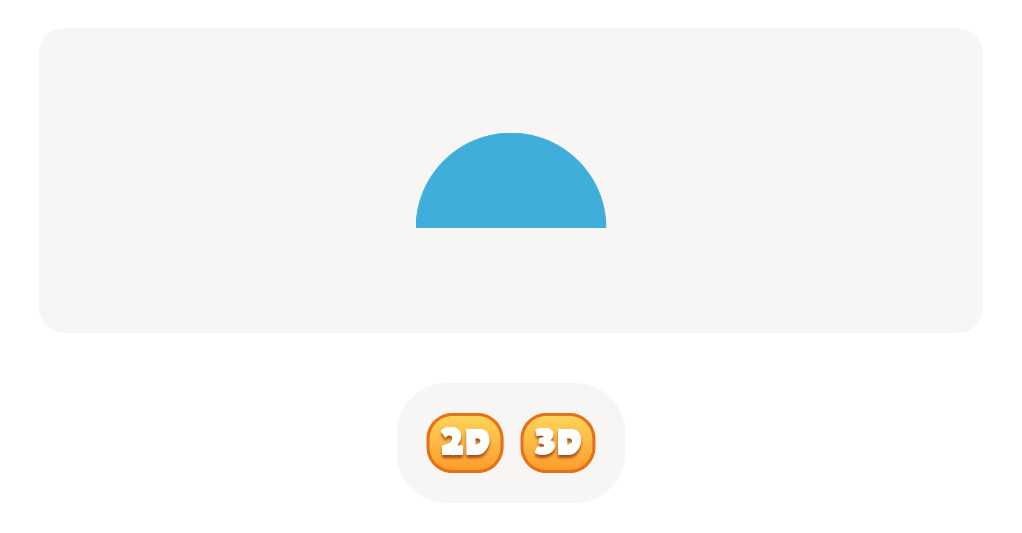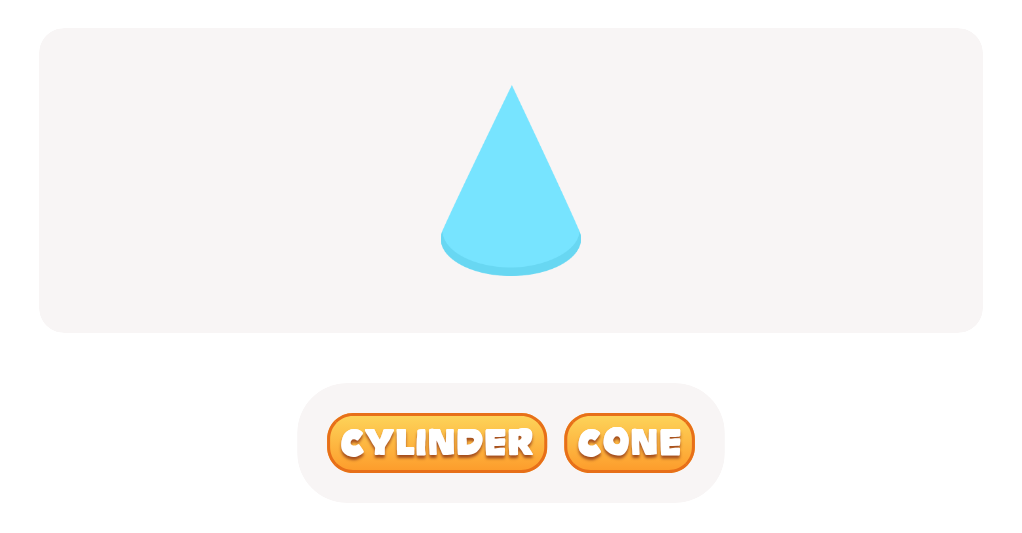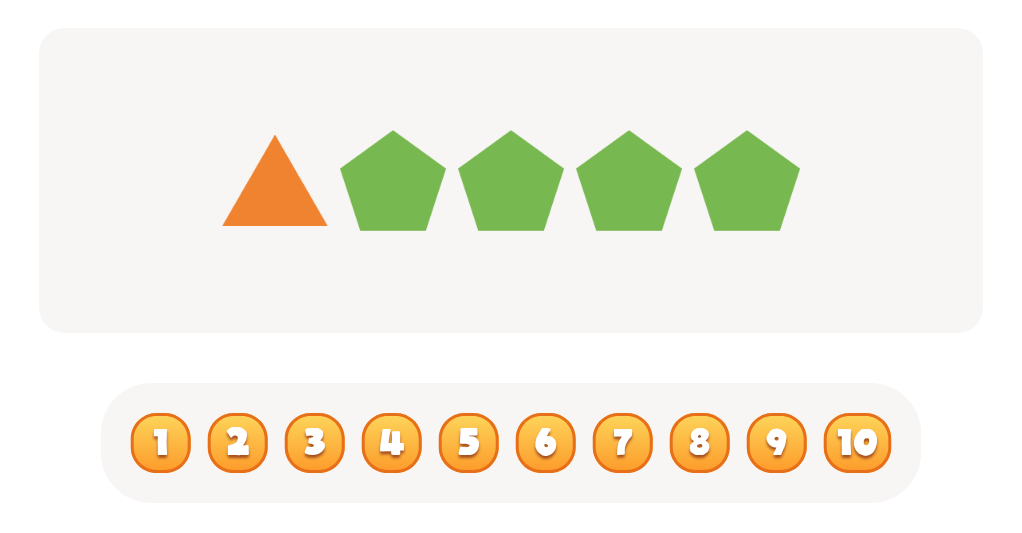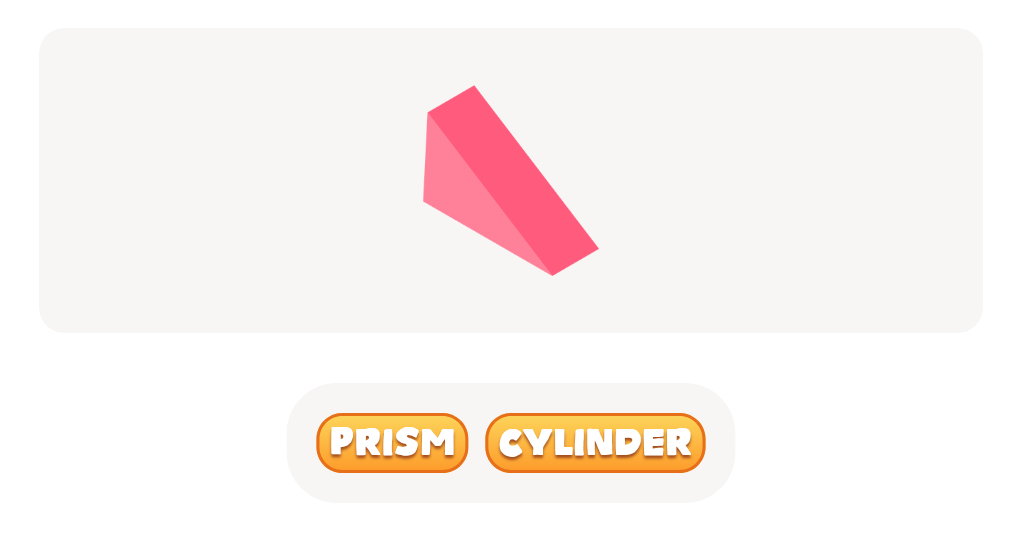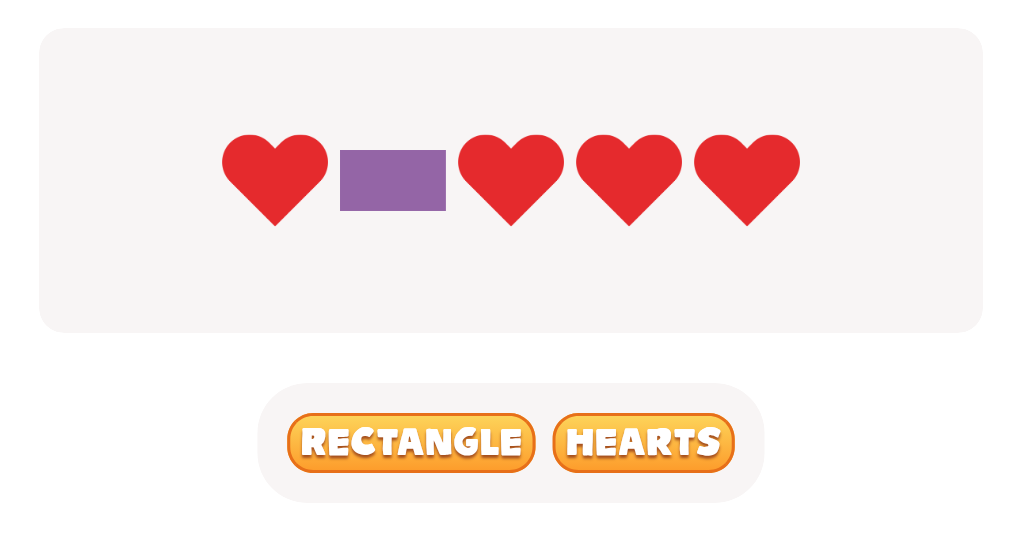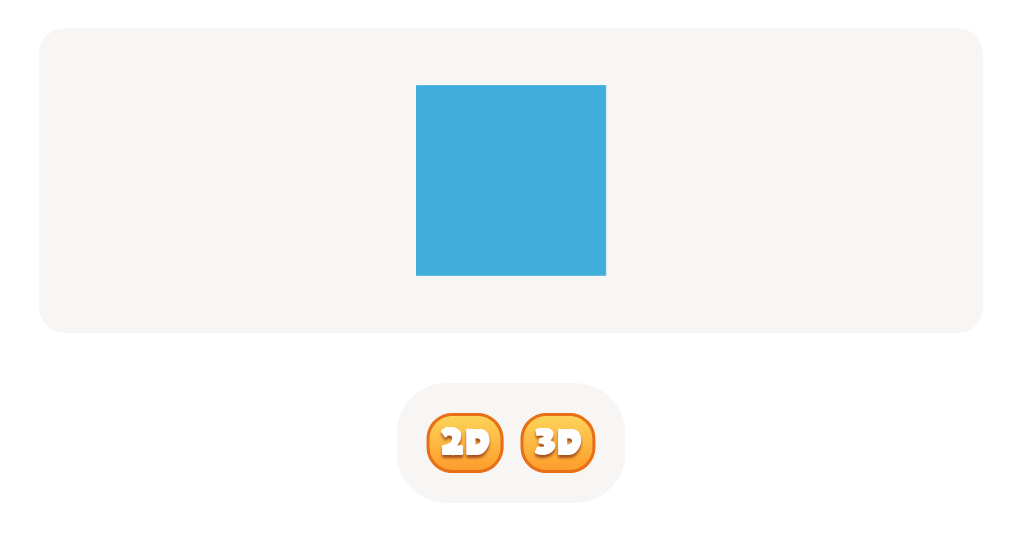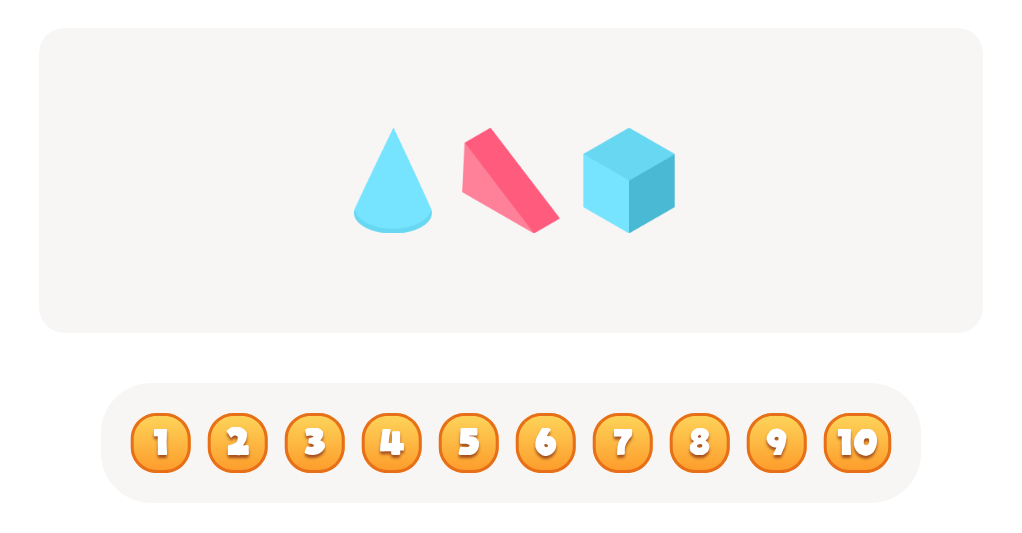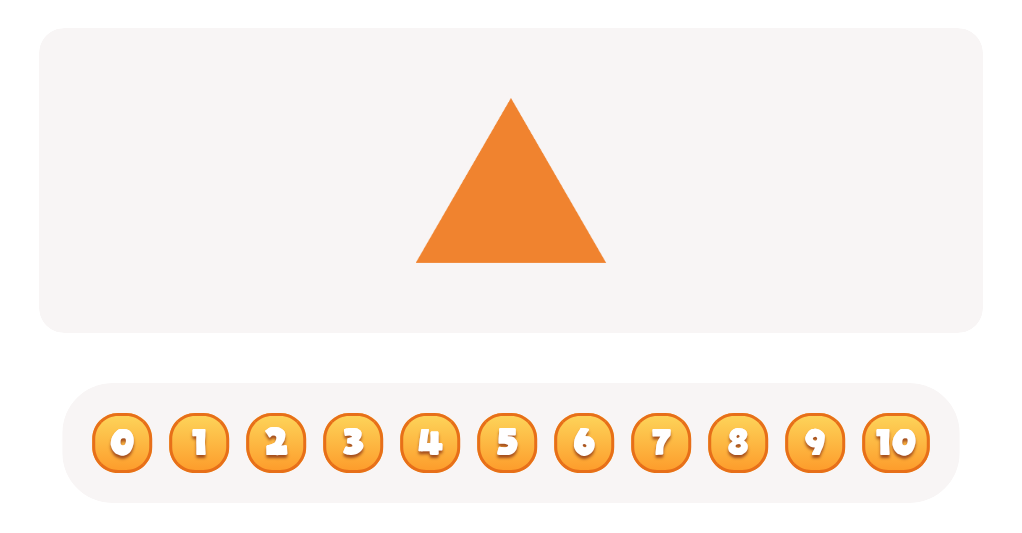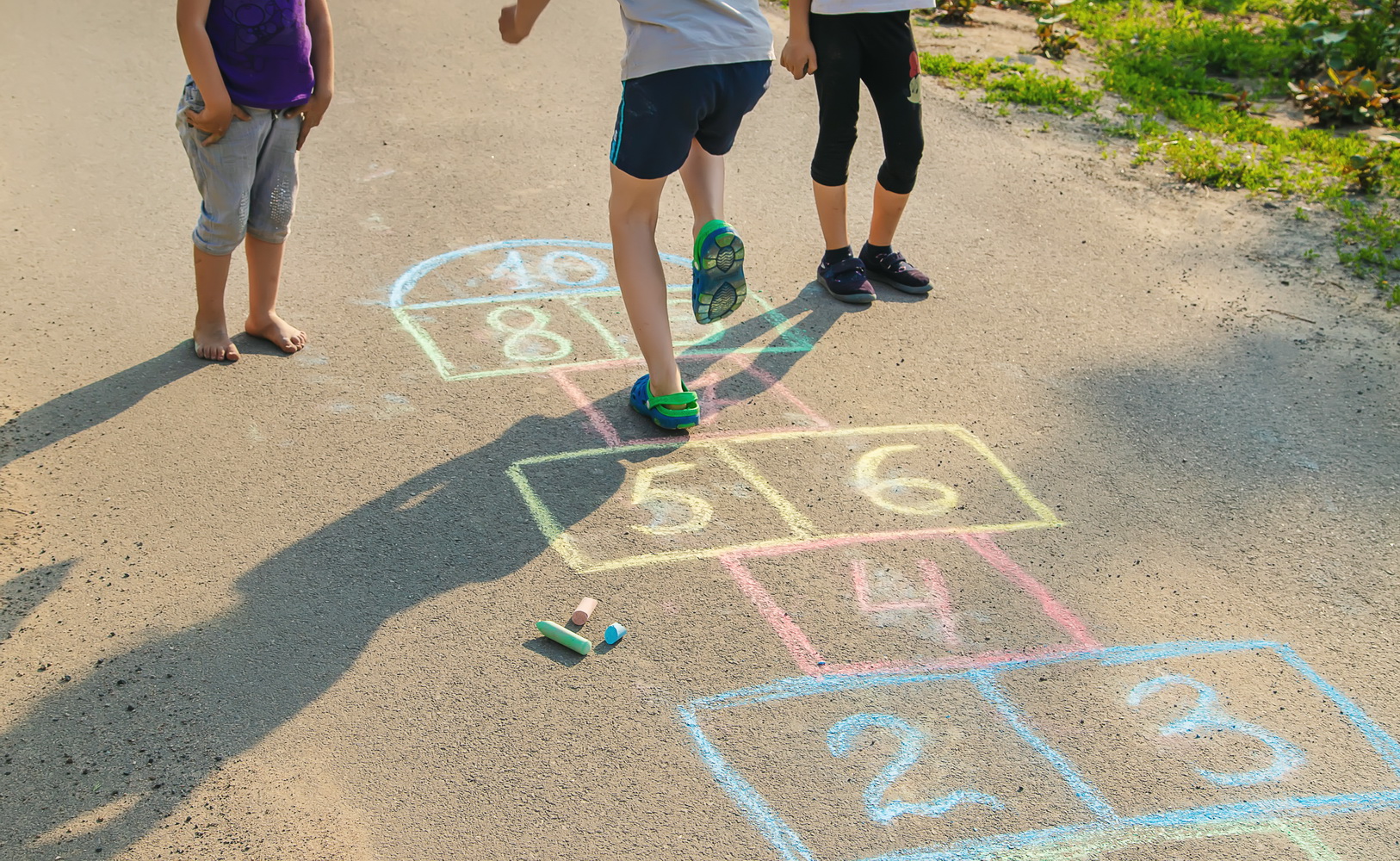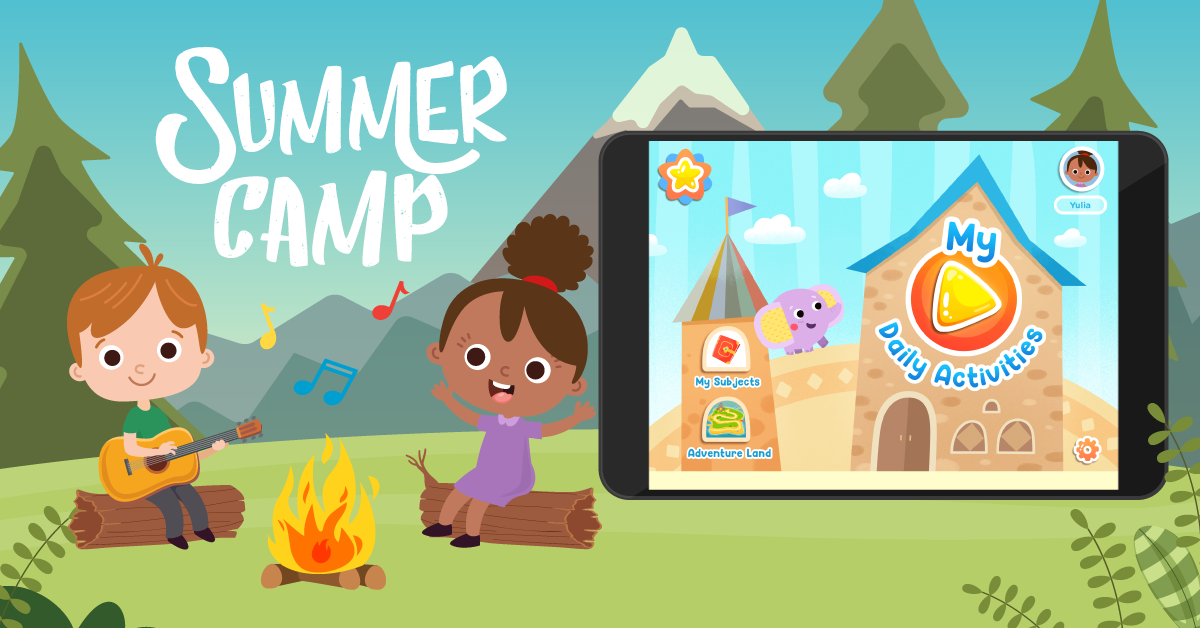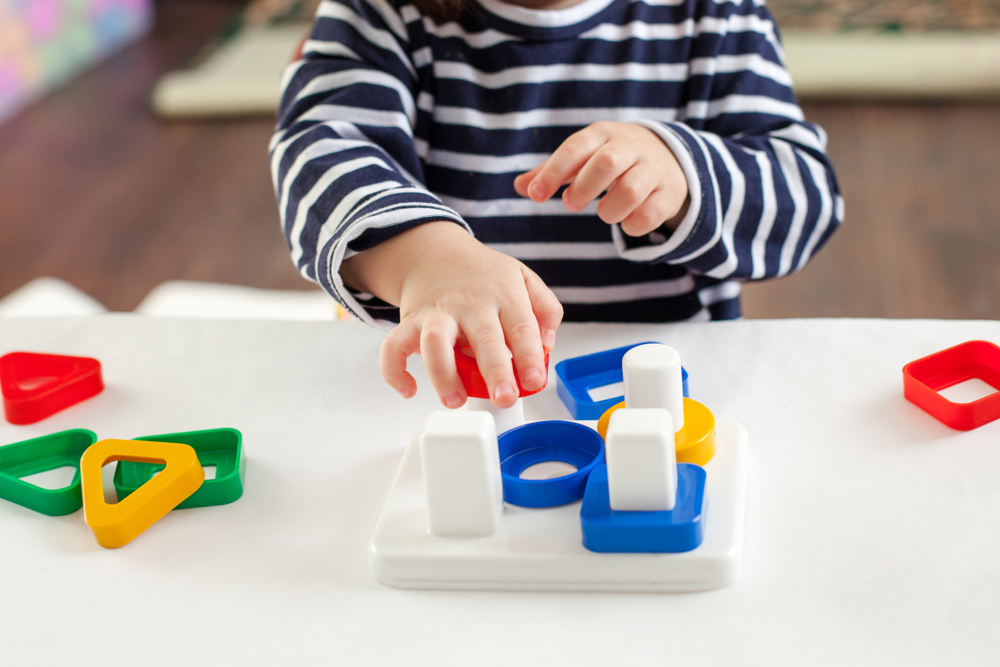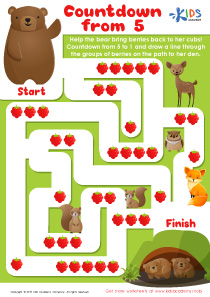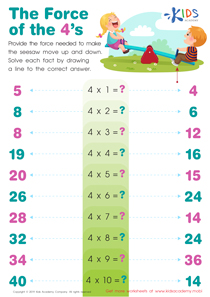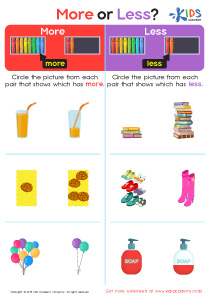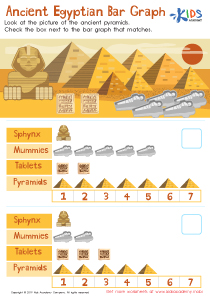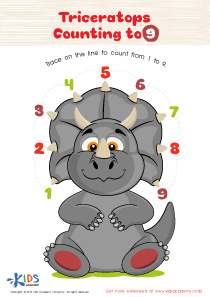Shape Recognition Easy Geometry Worksheets for Ages 3-4
3 filtered results
-
From - To
Introducing our "Shape Recognition Easy Geometry Worksheets for Ages 3-4," designed to make learning shapes fun and engaging for young children. These worksheets are tailored to help preschoolers identify and understand basic geometric shapes through interactive and enjoyable activities. Our carefully crafted exercises enhance fine motor skills, hand-eye coordination, and critical thinking. With vibrant illustrations and clear instructions, little learners can effortlessly grasp concepts while building a strong foundation in early geometry. Perfect for parents and educators, these worksheets aim to create an enriching learning experience. Download now to spark curiosity and foster a love for math in your child!
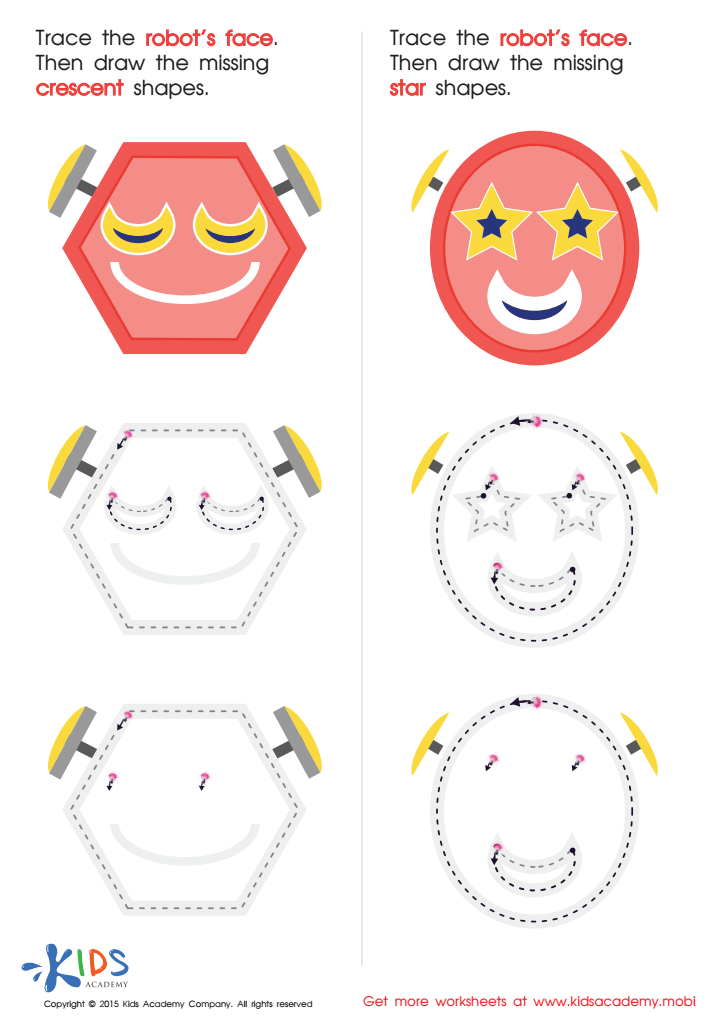

Composing a Robot's Face of Crescents And Stars Worksheet
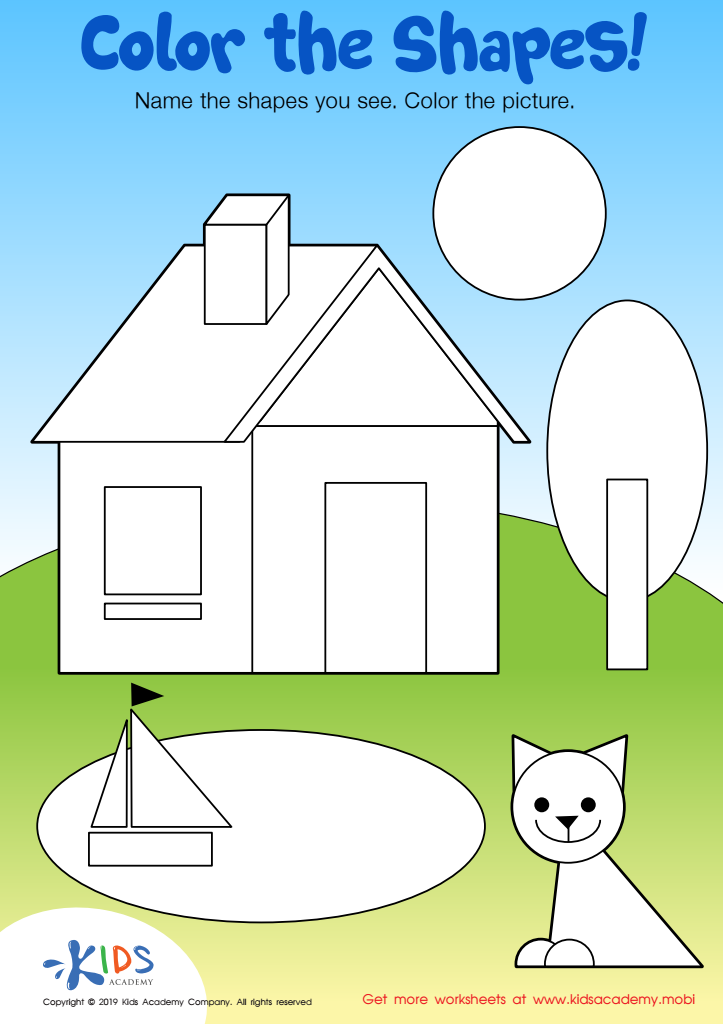

Color the Shapes Worksheet
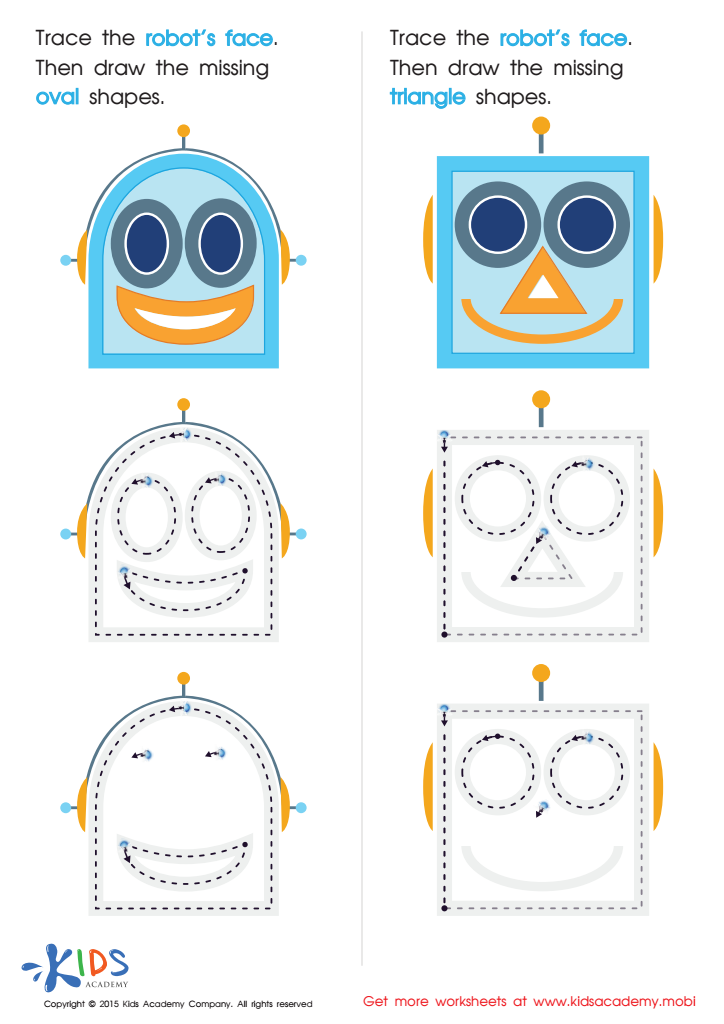

Drawing Ovals And Triangles with Fun Printable
Shape recognition is a foundational skill that plays a crucial role in early childhood development. For ages 3-4, learning basic geometry and shape recognition is more than just identifying circles, squares, and triangles; it is a fundamental step in cognitive and spatial awareness development. Understanding shapes helps children differentiate among objects, which is a critical skill for both academic and everyday success.
For parents and teachers, fostering shape recognition is essential because it enhances various cognitive abilities such as observation, classification, and problem-solving. When children recognize and name shapes, they build vocabulary and language skills by using descriptive terms. This lays the groundwork for reading and mathematical concepts, such as understanding geometry, dimensions, and spatial relationships.
Additionally, recognizing shapes encourages fine motor skills through activities like drawing, cutting, or manipulating puzzle pieces. These activities enhance hand-eye coordination, an essential skill for writing and other fine tasks.
Engaging children in shape recognition exercises keeps learning fun and interactive, promoting positive attitudes towards education. Consequently, early shape recognition is crucial for a child's overall development, influencing their future academic achievements and life skills. Through hands-on activities and practical applications, parents and teachers can make a lasting impact on a child's educational journey.

 Assign to My Students
Assign to My Students
